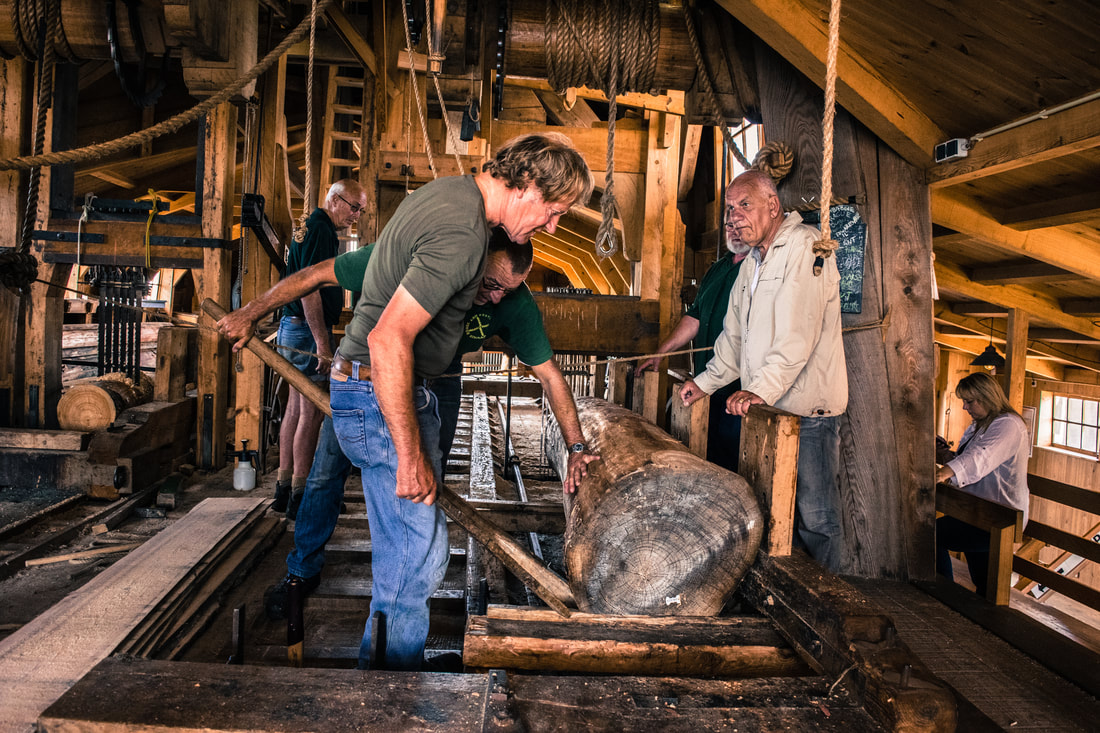|
The timber industry, as with all industries has its ups and downs. We have all read stories on the destruction of forests and the war against using too much paper. We have seen pallet projects where creatives have morphed an object that is normally reused and discarded into beautiful home and garden decor. Whether you rent or own your home, you know a lot of lumber was utilized in the architecture of your home. There’s a major grey area on whether the industry is beneficial for the environment. This grey area is opening up conversations oon where lumber is the best option for the product it’s intended for, or whether there are better options for certain markets. These conversations all point to a general idea which applies to all aspects of life: everything is good in moderation.
The reason that the timber industry has such a major gray area is the fact that it is a renewable resource, which is great, but it takes a long time for a tree to grow. A Douglas fir tree, commonly used for Christmas trees, take fifty years to grow to a size suitable for the lumber industry. Ash, beech and oak trees can take a hundred years to grow to standard. These hardwood trees have commonly been used in the timber industry because of their density, but due to the difference in growth rates, major lumber companies have shifted to begin growing softwoods despite the demand for hardwoods. Softwoods can grow to industry standards in twenty five years, which means a faster lead time for lumber companies. The decision by the industry to switch to planting softwoods was originally harmful for business. About forty three percent of Dutch lumber forests in 2004 had not been harvested in recent years due to a gap in supply and demand. About two thirds of the demand called for hardwood species, but seventy five percent of the newest generations of trees planted were deciduous. Massive quantities of trees went unharvested, and affected the ecosystem in the industry forests. The trees were dying in numbers, which in a wild forest could be excellent for the environment as the decay provides food and homes for animals. Industrial forests benefit from the nutrients in the soil caused by the decay, but animals can harm the quality of the lumber they are attempting to sell. Birds commonly form holes in trees for feeding and nesting, for example, and if a bug infestation occurs, the lumber company could say goodbye to a huge amount of profits. After years of struggling, the market finally caught on to what the timber industry was doing. 2010 brought a huge growth for the timber market, as softwood lumber became the largest growth market. It continued to be the leading product in the market through 2016, and the timber industry boomed. The timber industry will continue to grow, as construction companies continue to book more jobs, and projects can be completed at a faster rate thanks to the shortened lead time with softwoods. There are about 259 timber wholesale companies in Netherlands alone, the biggest quantity in recent years. The Dutch can continue to be proud of their involvement in the lumber industry. They have had a strong hand in the market since the 1600s when wind powered sawmills were scattered across the country. A popular tourist sight, Het Jonge Schaap is a sawmill in Zaanse Schans, and you can witness wooden boards being cut using old, traditional methods. Countries have been built upon the success timber industries. Major cities such as Seattle, Bordeaux, Massachusetts, and London grew to be what they are thanks to the lumber industry. The timber industry is a force to be reckoned with. Due to the fact that it’s a renewable resource, it will be around for decades to come. It has adapted through the years, and will continue as demands change, but that is one of the beautiful qualities of the global market.
0 Comments
Leave a Reply. |
All
|

